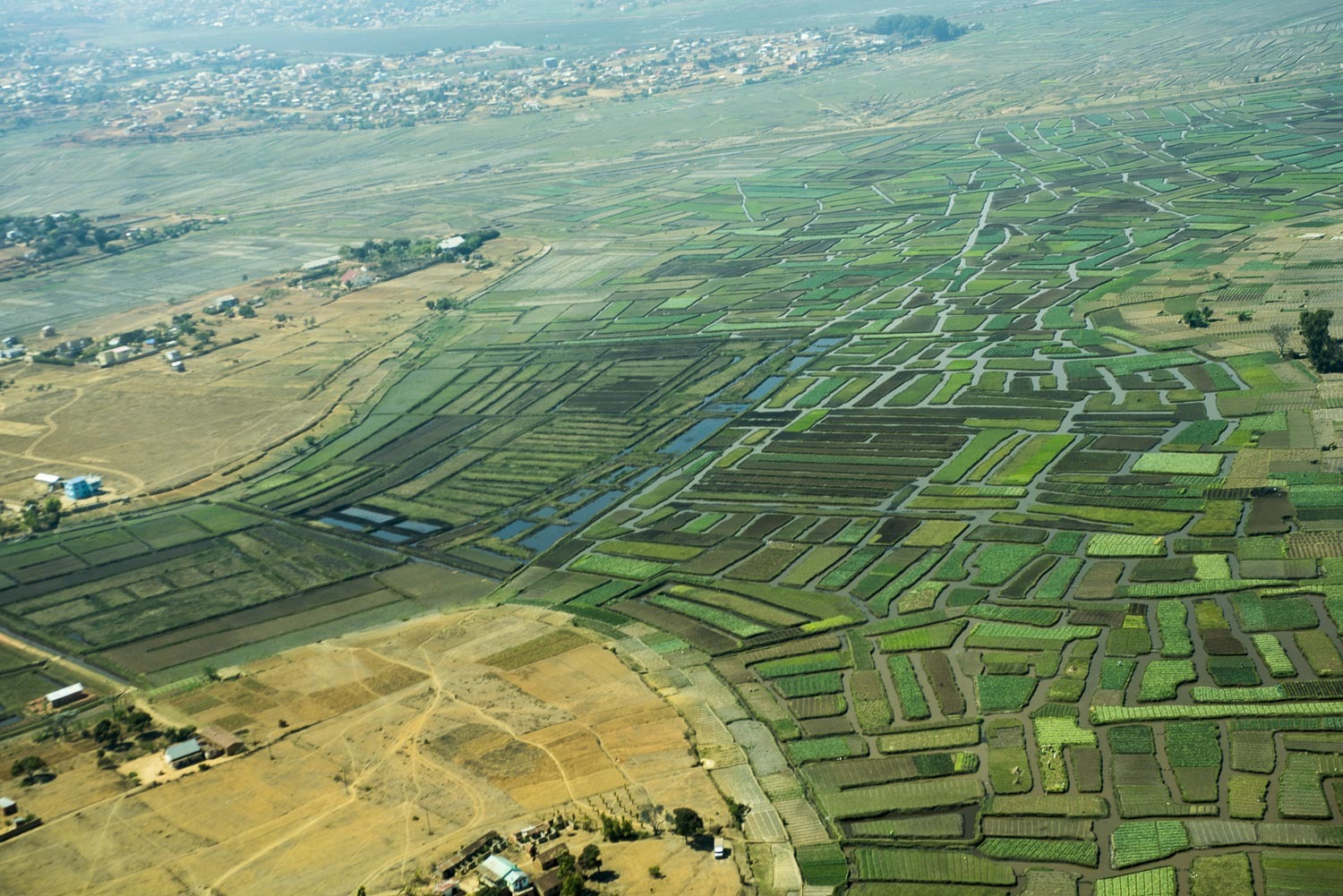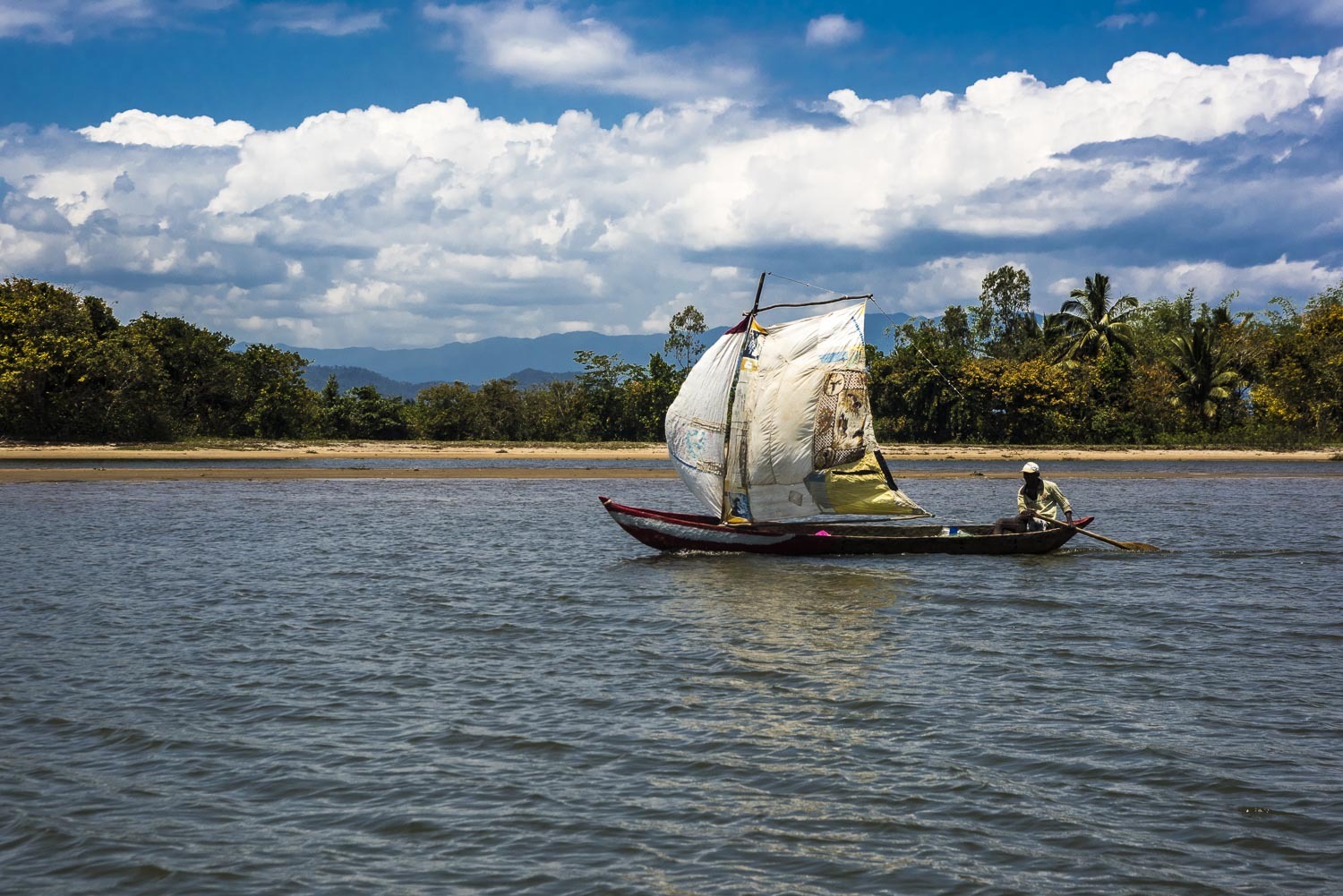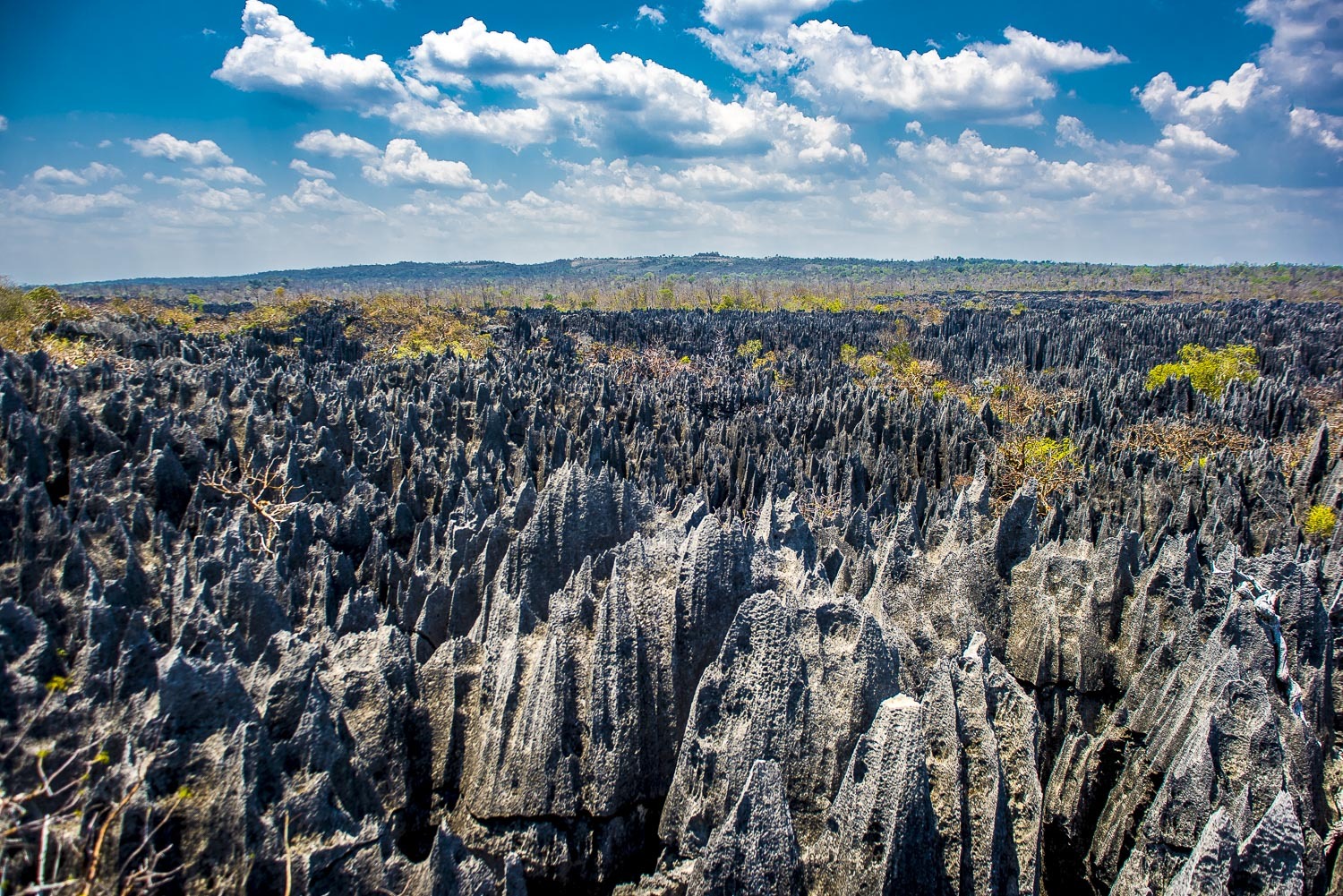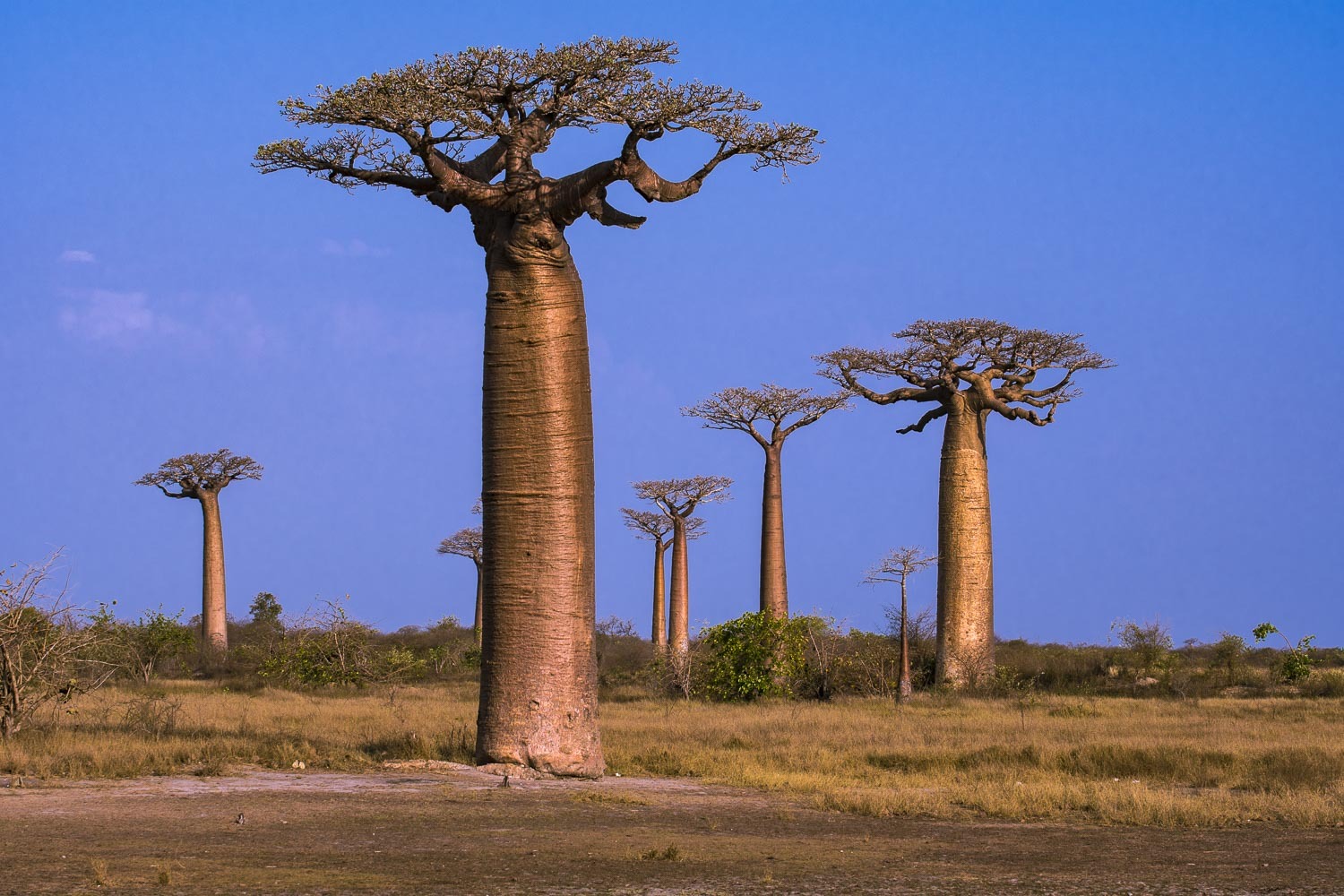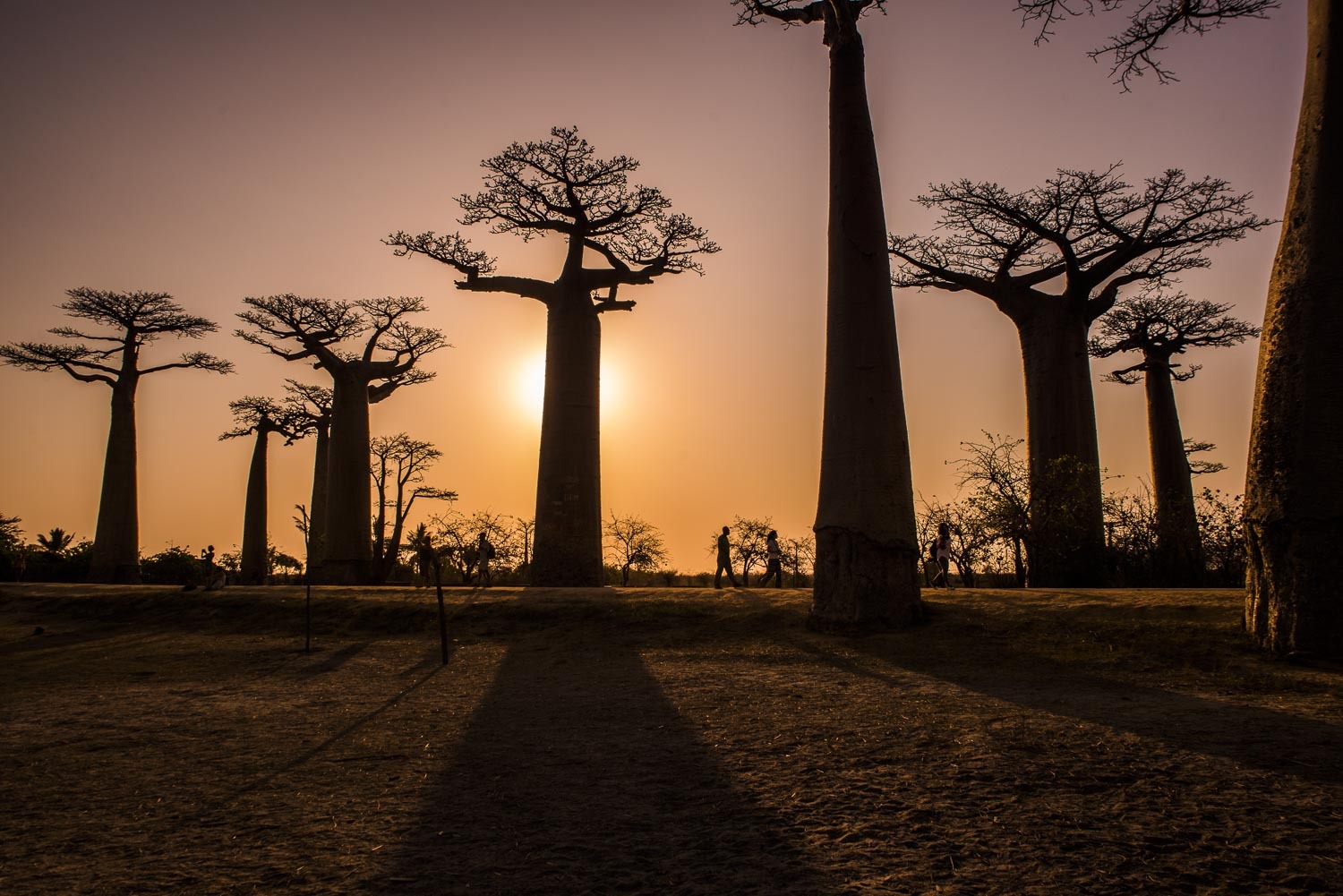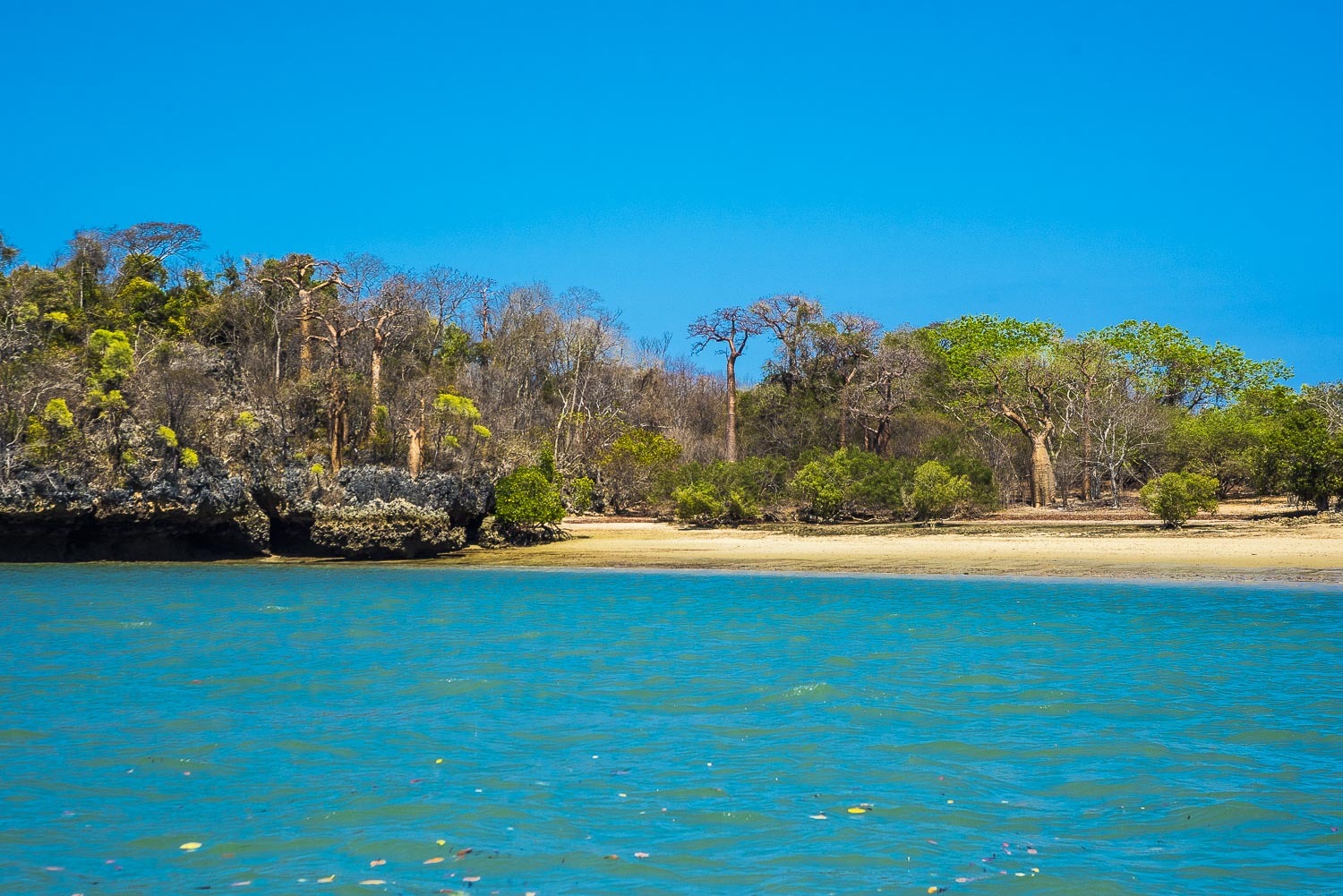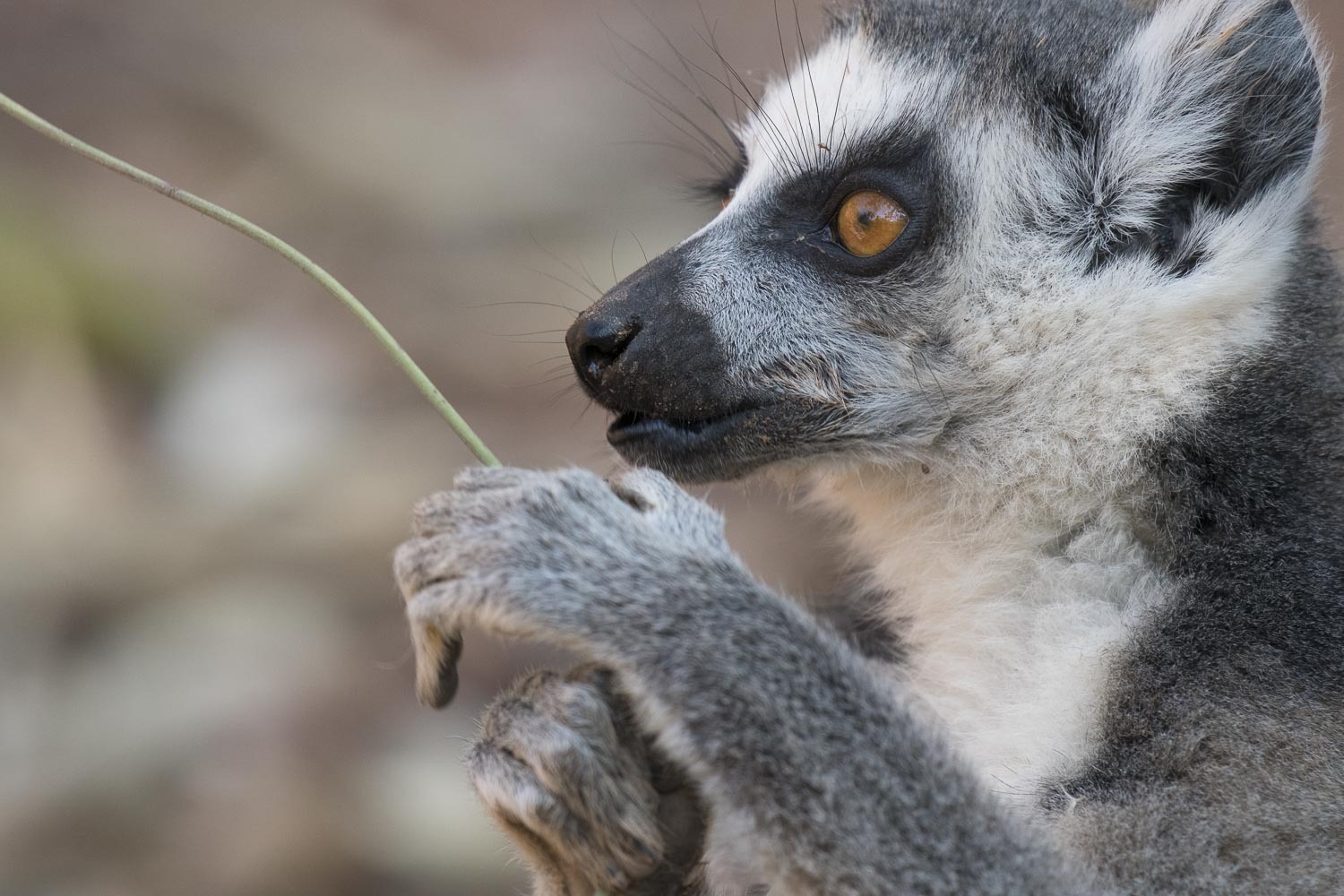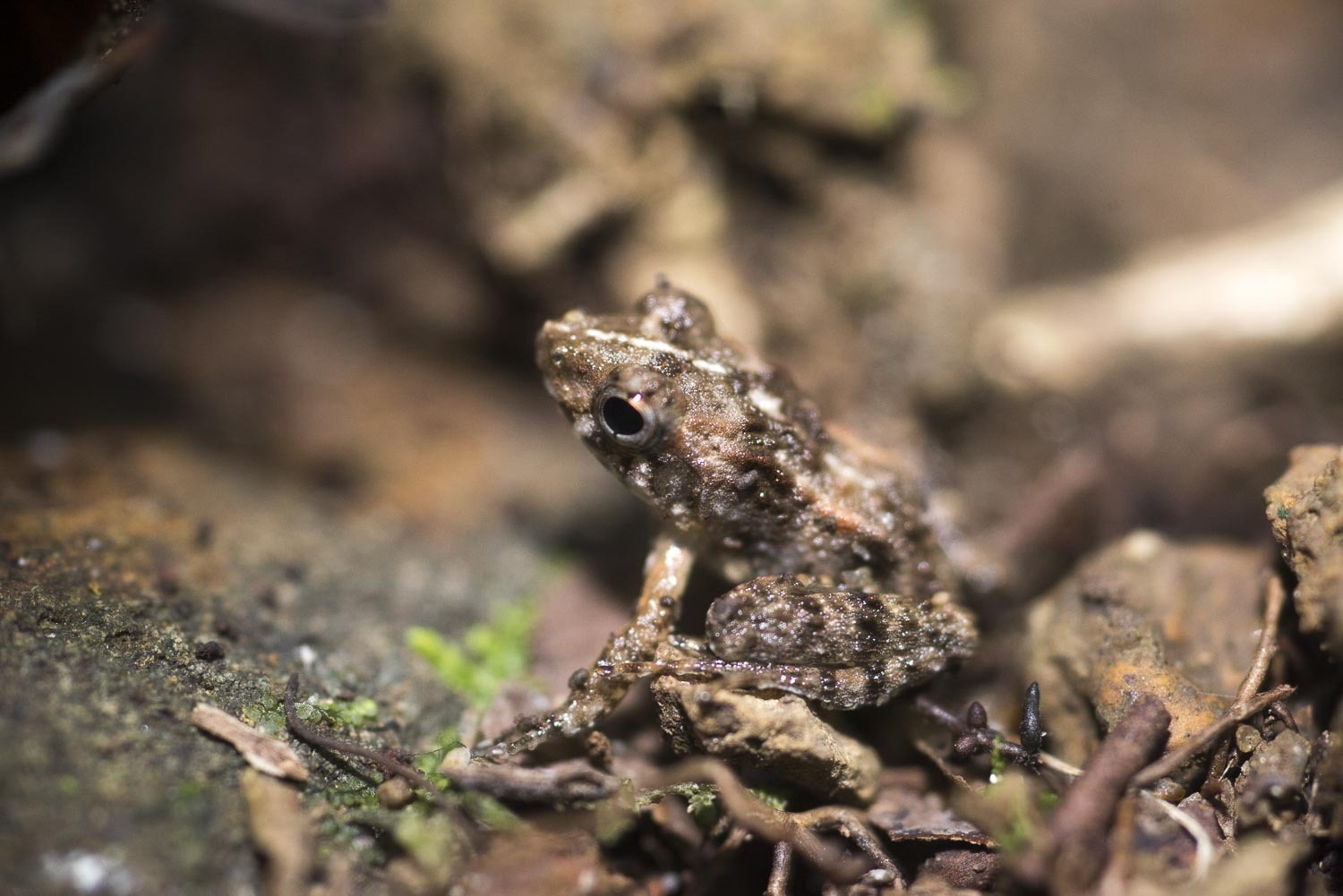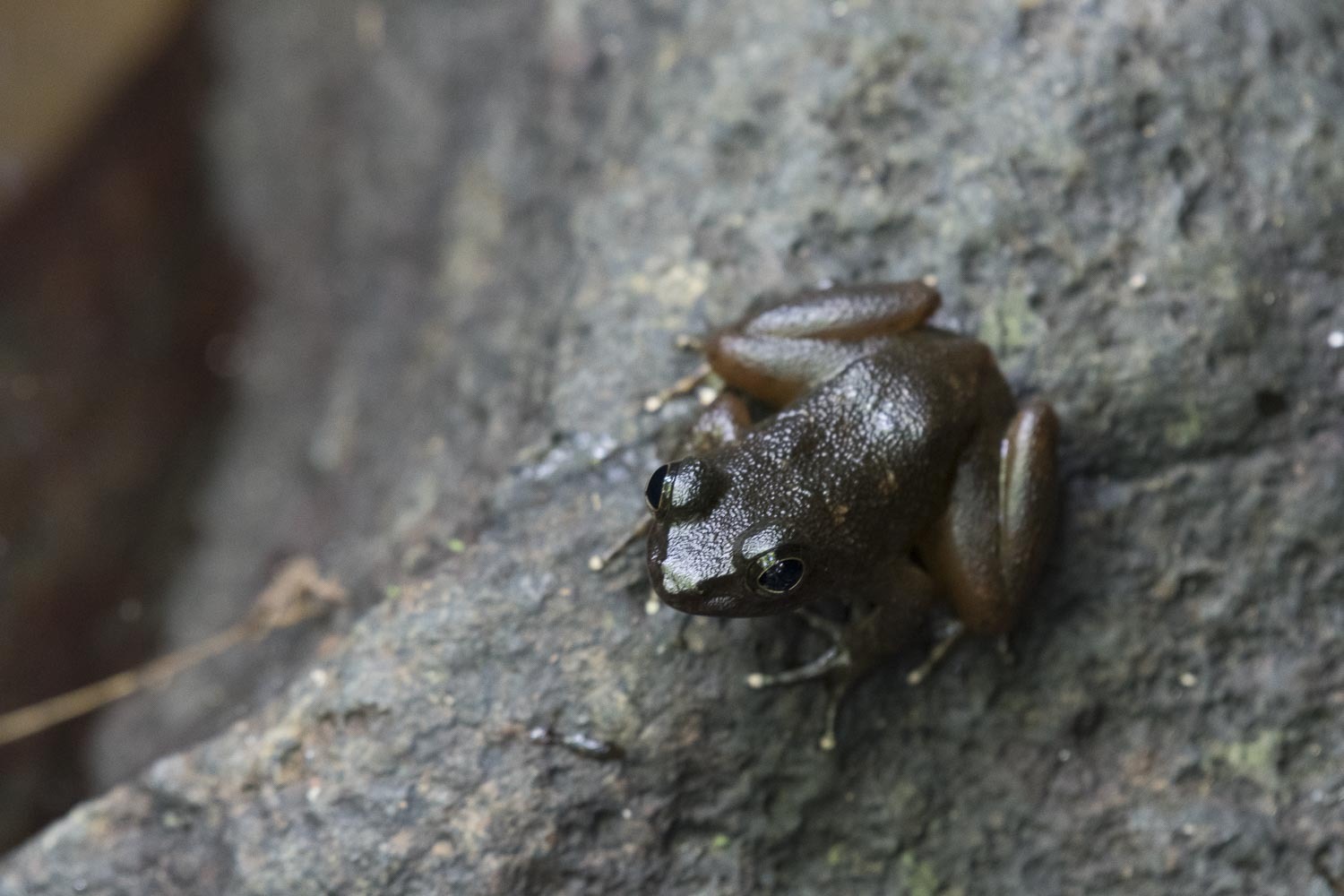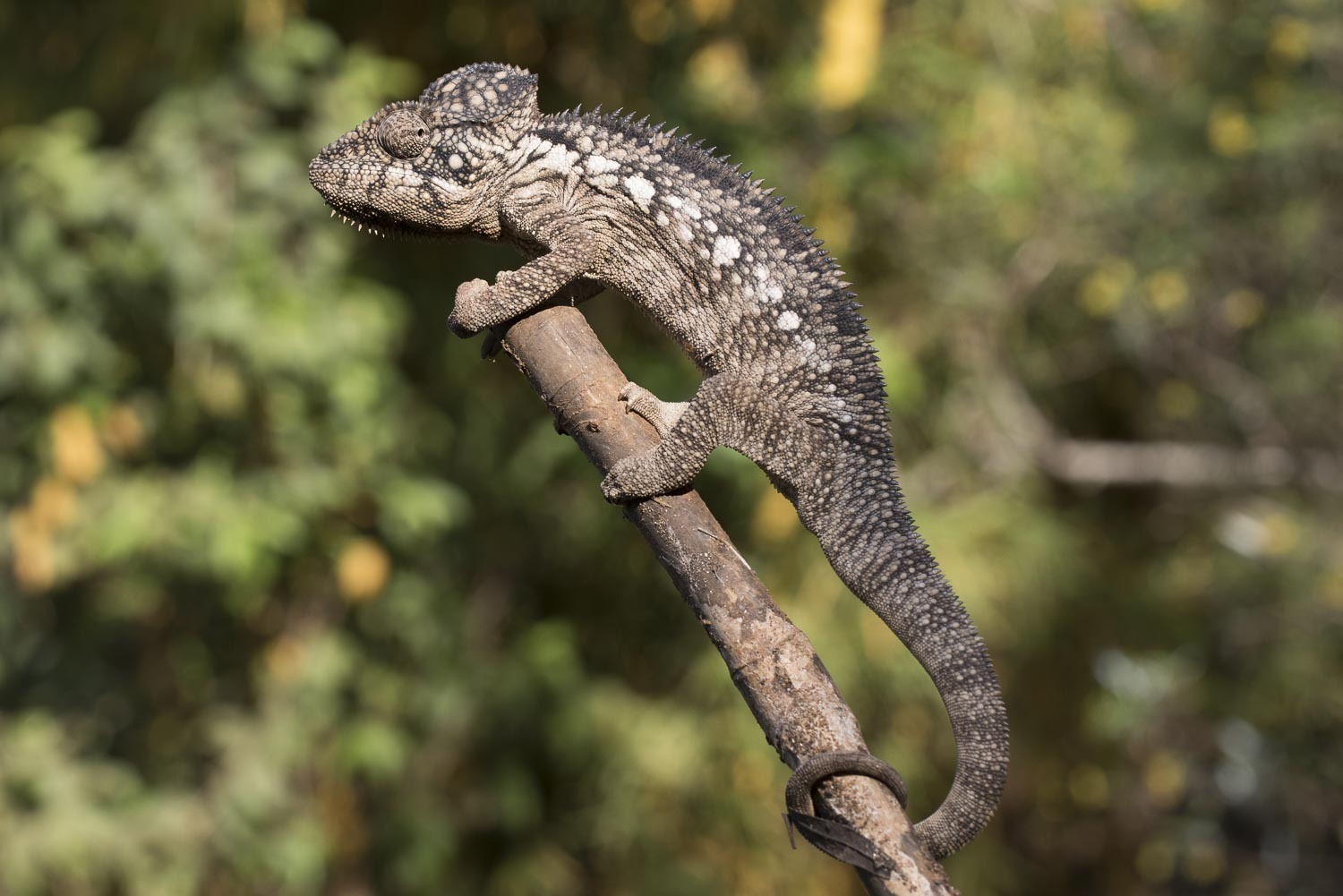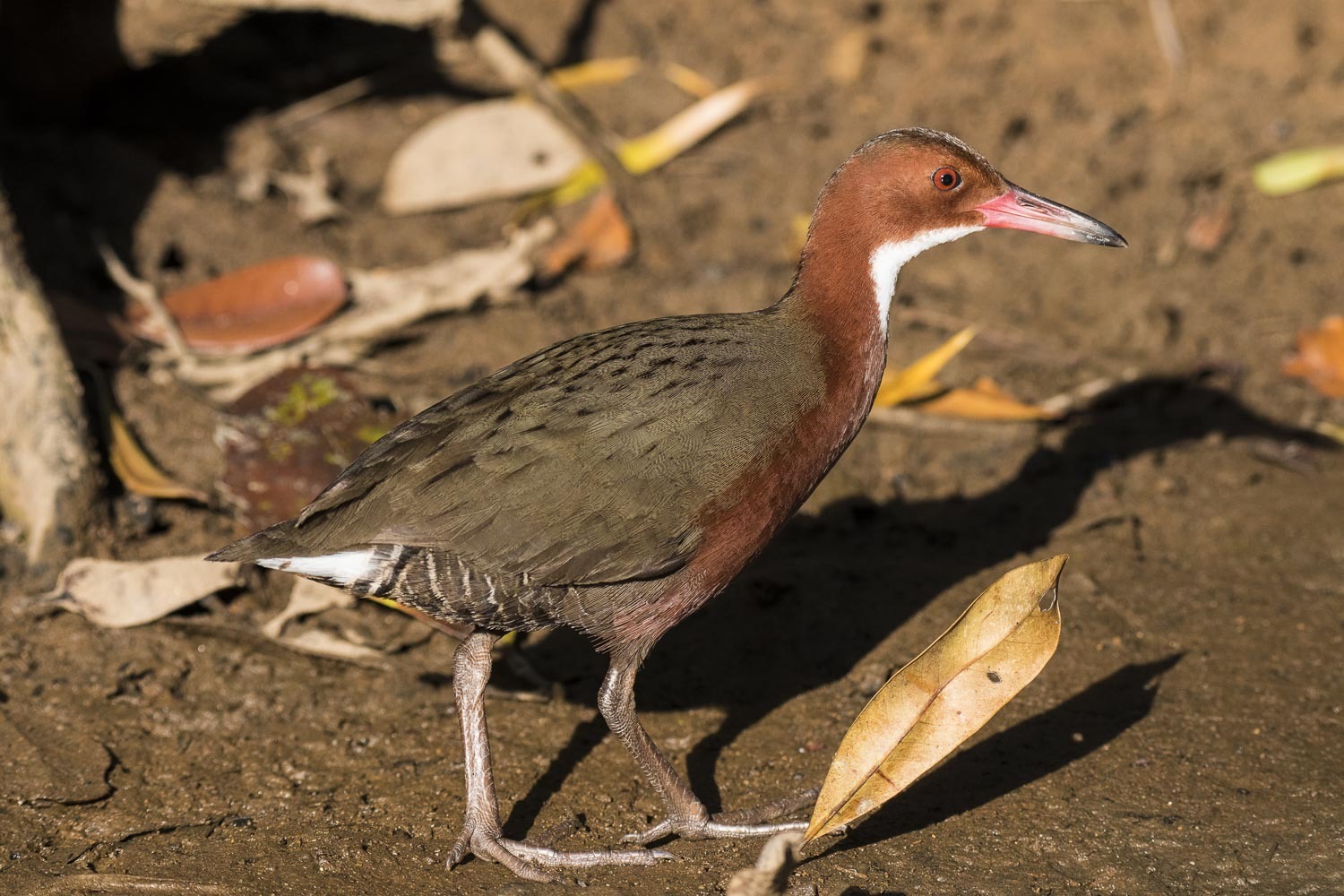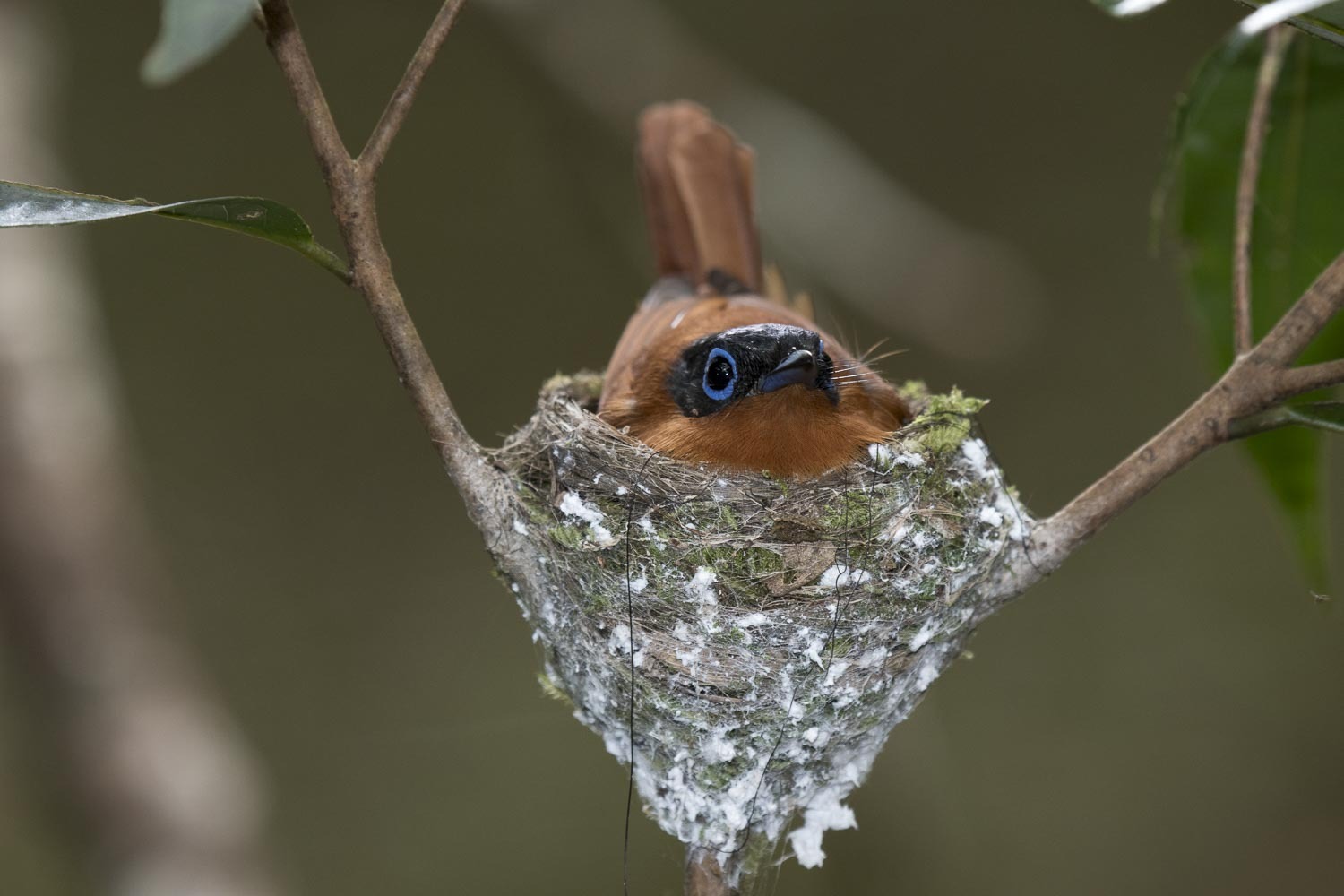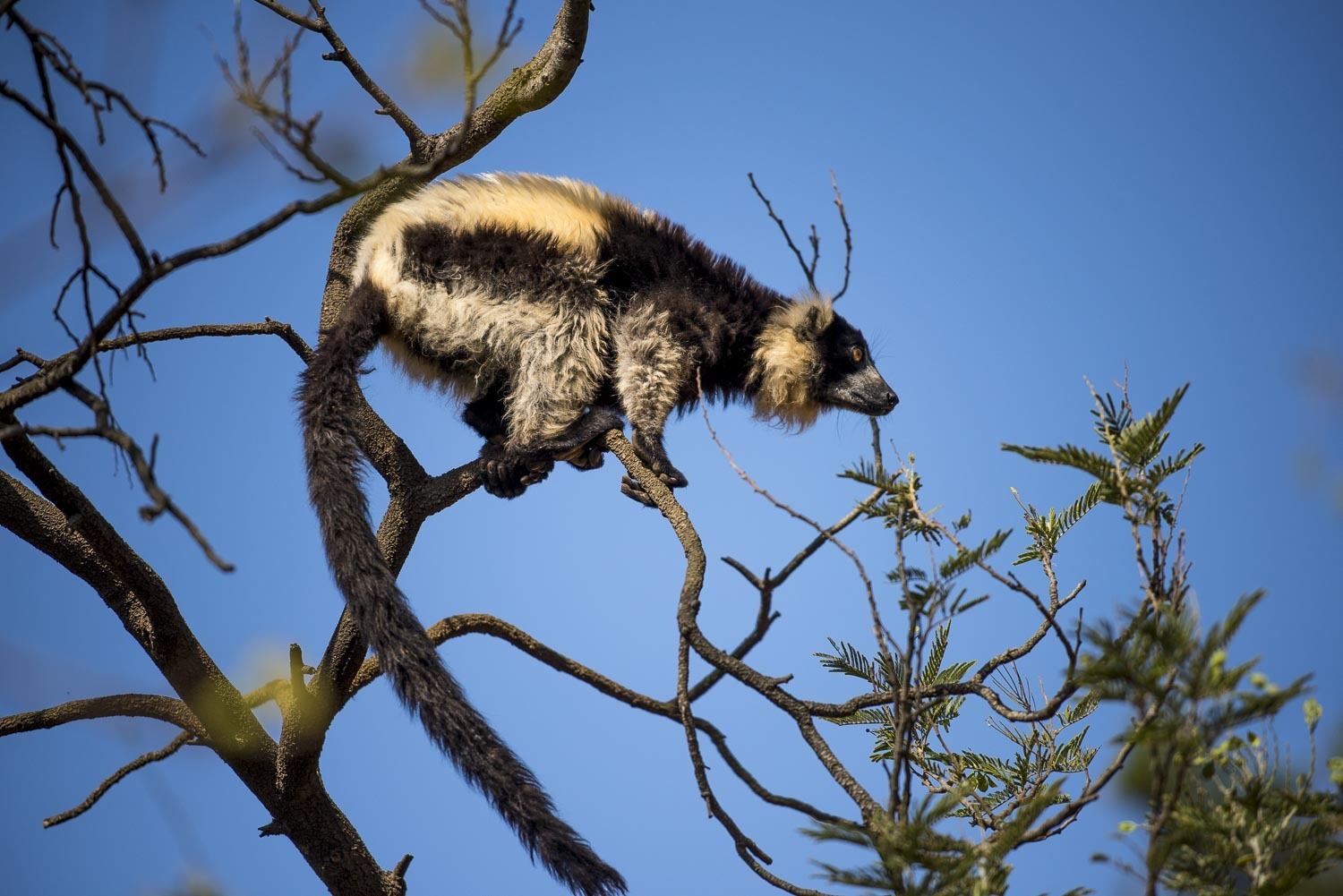
MADAGASCAR
Madagascar is the fourth largest island in the planet with a surface area of 592,800 square kilometers (about 229 thousand square miles). The prehistoric rupture of the supercontinent Gondwana separated the land mass of Madagascar-Antarctic-India from the land mass of Africa-South America about 135 million years ago. Madagascar later separated from India about 88 million years ago, allowing the island’s plants and animals to evolve in relative isolation.
The prehistoric rupture of the supercontinent Gondwana separated the land mass of Madagascar-Antarctic-India from the land mass of Africa-South America about 135 million years ago. Madagascar later separated from India about 88 million years ago, allowing the island’s plants and animals to evolve in relative isolation.
Along the eastern coast stretches a rugged escarpment that contains much of the island’s remaining lowland rainforest. To the west of this ridge is a plateau in the center of the island that varies in elevation from 750 to 1,500 m (2,460 to 4,920 ft) above sea level with several peaks, of which Maromokotro 2,876 m (9,436 ft) in the Tsaratanana Massif is the highest point on the island. These central highlands, traditionally the homeland of the Merino people and the location of their historic capital in Antananarivo, are the most densely populated part of the island and are characterized by terraced valleys and rice fields that stretch between grassy hills and patches of the sub-humid forests that once covered the mountainous region. To the west of the highlands, the increasingly arid terrain gradually descends to the Mozambique Channel and the mangroves along the coast.
The west and south sides, which are in the rain shadow of the central highlands, are home to dry deciduous forests, thorn forests, deserts and xerophytic scrub. Because of their lower population density, the dry deciduous forests of Madagascar have been better preserved than the eastern rainforests or the original forests of the central plateau.
The combination of southeastern trade winds and northwestern monsoons produces a hot rainy season (November-April) and a relatively cooler dry season (May-October). Rain clouds originating in the Indian Ocean discharge much of their moisture on the eastern coast of the island; heavy rainfall sustains the area’s rainforest ecosystem. The central highlands are drier and cooler, while the west is even drier, and a semi-arid climate prevails in the southwest and southern interior of the island.
WILDLIFE OF MADAGASCAR
As a result of the island’s long isolation from neighboring continents, Madagascar is home to an abundance of plants and animals found nowhere else on Earth. Approximately 90% of all plant and animal species found in Madagascar exist nowhere else, including lemurs (a primate), the carnivorous fosa and many birds. This has led some ecologists to refer to Madagascar as the “eighth continent”
More than 80 percent of Madagascar’s nearly 15,000 plant species are found nowhere else in the world. These include five plant families, four-fifths of the world’s Pachypodium species, three-quarters of Madagascar’s 860 species of orchids, six of the world’s nine baobab species. 165 of the 170 species of palms, three times more than in all of Africa. Many native plant species are used as herbal remedies for a variety of afflictions. The drugs vinblastine and vincristine, which are vinca alkaloids, are used to treat Hodgkin’s disease, leukemia, and other cancers, and were derived from the Madagascar periwinkle. The traveler’s palm, known locally as ravinala (Ravenala madagacariensis) and endemic to the eastern tropical forests, is highly iconic of Madagascar and appears in the national emblem and the Air Madagascar logo.
Like its flora, Madagascar’s fauna is diverse and has a high rate of endemism. The lemurs have adapted to a wide range of habitats and have diversified into numerous species. As of 2012, there were officially 103 species and subspecies of lemurs, 39 of which were described by zoologists between 2000 and 2008. Almost all are classified as rare, vulnerable or endangered. At least 17 lemur species have become extinct since humans arrived in Madagascar, all of which are larger than the lemur species currently surviving.
More than 300 species of birds have been recorded on the island, of which more than 60 percent (including four families and 42 genera) are endemic. The few families and genera of reptiles that have come to Madagascar have diversified into more than 260 species, of which more than 90 percent are endemic (including one endemic family). The island is home to two-thirds of the world’s chameleon species, including the smallest known, and researchers have proposed that Madagascar may be the origin of all chameleons.
The endemic fishes of Madagascar include two families, 15 genera and more than 100 species, which live mainly in the freshwater lakes and rivers of the island. Although invertebrates remain little studied in Madagascar, researchers have found high rates of endemism among known species. The 651 species of land snails are endemic, as are most of the island’s butterflies, beetles, lace, spiders and dragonflies.
Currently over 17 million hectares of land and coastal areas are protected under different figures likes national parks and natural reserves (government-managed, community managed, privately owned and managed and mixed administrations).
See Itineraries


